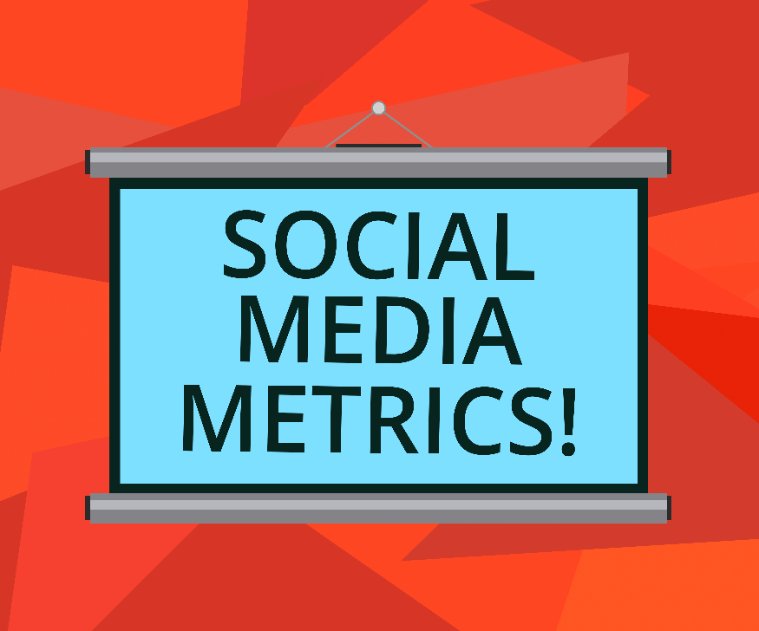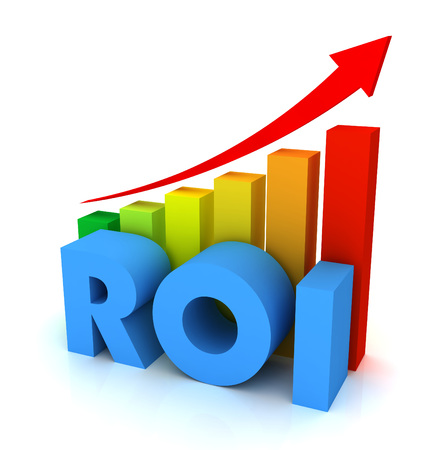
Measuring the impact of social media efforts is a top challenge for marketers. A recent study shows that 46 percent of marketers can only “sometimes” tie their social media marketing efforts to ROI. Thirty-three percent say they can “mostly” do so, while seven percent claimed they are never able to make the connection. With a variety of metrics available to gauge performance, social media ROI isn’t as clear-cut as other marketing tactics. It can be a challenge to tie the engagement of a particular platform or post to your company’s bottom line. Knowing the right metrics to track is an essential place to start.
Social Media Metrics, ROI and KPIs
Marketing metrics are definable, quantifiable measurements used to track the performance of any marketing activity. Metrics help assess a tactic’s effectiveness based on specific, numeric criteria. When combined with strategic planning and analysis, metrics help to determine key performance indicators (KPIs). “The simplest way to think about KPIs is to consider the metrics that your organization is willing to spend money on to improve,” writes Laura Patterson, author of Fast Track Your Business. “The KPIs become the basis for how you measure the success of the organization. They are the foundation for the metrics, and measure for each function and person in the organization charged with driving growth.”
Marketing ROI measures the return on investment from the amount a company spends on marketing. Use it to assess the return of a specific marketing program or the effectiveness of a company’s overall marketing efforts. Additionally, ROI is helpful for justifying marketing expenditures, calculating budgets and holding marketers accountable for dollars spent.
Metrics can be measured manually but most social media platforms have built-in analytics. These platforms include Twitter Analytics, LinkedIn Analytics and Meta Business Suite for Facebook and Instagram. Further, external tools such as Hootsuite or Sprout Social offer extensive and cross-platform analytics to provide a clear assessment of the bigger picture.
Why These 8 Social Media Metrics Matter
It’s one thing to know which social media metrics to measure. It’s another to recognize why they are important and understand how they contribute to overall marketing efforts. When tackling social media ROI, ensure these eight metrics are included in your analytics process:
- Number of followers tells marketers the number of people who have chosen to follow your page or content on a given platform. While it’s a valuable metric related to audience reach, it may not provide the whole picture. This is because not all followers consistently engage with content and not all who engage with your content are followers. Because it’s a metric that’s visible to those who access your profile, it can establish credibility.
- Non-follower reach represents the number of users interacting with your content but who don’t presently follow your profile. Platforms such as Instagram, Facebook and YouTube make these metrics available. Others may require a manual evaluation of follower engagement versus non-follower engagement. Non-follower reach is vital to building brand awareness and generating new, viable leads. If your non-follower reach is consistently higher than your follower reach, it might indicate new target market opportunities that haven’t been tapped.
- Audience growth rate measures how many new followers your profile attracts within a certain amount of time in comparison to the total number of followers. To calculate audience growth rate, use the formula below or a simple online calculator. Audience growth (AGR) rate can be measured by individual platform or across multiple platforms for a broader view. When reviewed in relation to time and engagement, marketers can use AGR to identify which messaging or tactics are making an impact and attracting new followers.

- Impressions refer to the number of times users view a post or piece of content, including if a user looks at it more than once. Impressions help indicate the popularity of a post, popular times to post or if users are returning to a piece of content more than once.
- Engagement is a large umbrella category tracking any instance when a user interacts with your content beyond simply viewing it. It includes comments, reactions, likes, mentions and shares. Consistent, frequent and relevant social media engagement is a sign that your brand’s content is making an impact on audiences. Each type of engagement has its own benefits and best practices. It’s vital to respond to social media engagement to spark valuable conversations with prospects and connections and nurture viable leads.
- Engagement rate is a more specific measurement that tracks how actively involved an audience is with a piece of content. A high engagement rate indicates how responsive an audience is, whether followers are “real,” how interesting content is to audiences and the level of brand awareness. To calculate engagement rate, use the formula below.

- Cost-per-click, or CPC, is a metric specific to paid social media advertising. CPC is the amount platforms charge for an individual click on a social ad. CPC analytics are available on the platform where an ad appears. Compare CPC rates with the reach of an ad to determine if paid efforts are performing better than organic social media efforts.
- Click-through rate, or CTR, measures how often users click a link in a post that leads to additional content. Additional content can range from your social media profile, company website, blog, article, video, download, promotion, landing page or newsletter sign-up. CTR is different from engagement because it leads someone away from your post to new, strategic content that is designed to address audience needs and progress them through the sales funnel. It’s an effective metric for determining how well social media messaging is resonating with audiences. CTR also can indicate who visitors are and where they are coming from.
Measurement Is One Step of the Process

When it comes to any marketing or social media initiative, measuring its success is a vital part of the process. While marketers understand the importance of measuring ROI, 60 percent say it is the most challenging aspect of their social media marketing efforts. Tracking the right metrics is one foundational element, but strategic measurement doesn’t stop there. To better understand what works for your audiences, consider metrics as they relate to each other, across different platforms and in relation to other strategic marketing efforts. This vital information arms organizations with the knowledge they need to better hone social media messaging to address prospect needs, convert prospects to customers and contribute to business growth.
